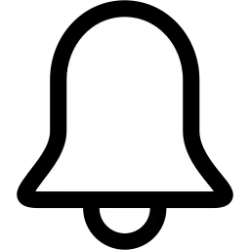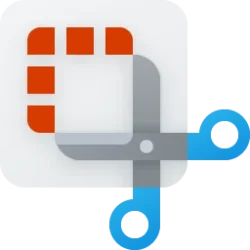I had 3 NVMe drives, 2 SATA II SSDs and 2 SATA II HDDs installed in my system when I installed Windows 10. And the 2 clean installs (for a total of 3, including the initial install) since I built the machine last year.
You do not
necessarily have to remove all your other drives at all.
TBH, I've almost never had to remove other drives for Windows install - the exception being when I've tried to set up fully independent dual booting, using hte BIOS to swap the boot drive, so each OS had it's own MBR and boot loader.
But I've definitely seen that advice given out to people left and right - and it seems to work.
As for speed - it's going to depend upon a lot of things, including (but not limited to) your hardware and your UEFI fw / BIOS settings if there will be a speed difference at all. The Chipset, the CPU, the number of other devices you already have in your system (PCIe lanes matter), the speeds of the drives themselves, the actual interface, the hardware used on the drives....
I mean, here is an example of a typical Bait and Switch that drive manufacturers have been doing for a while now....
There are lots things to consider.






